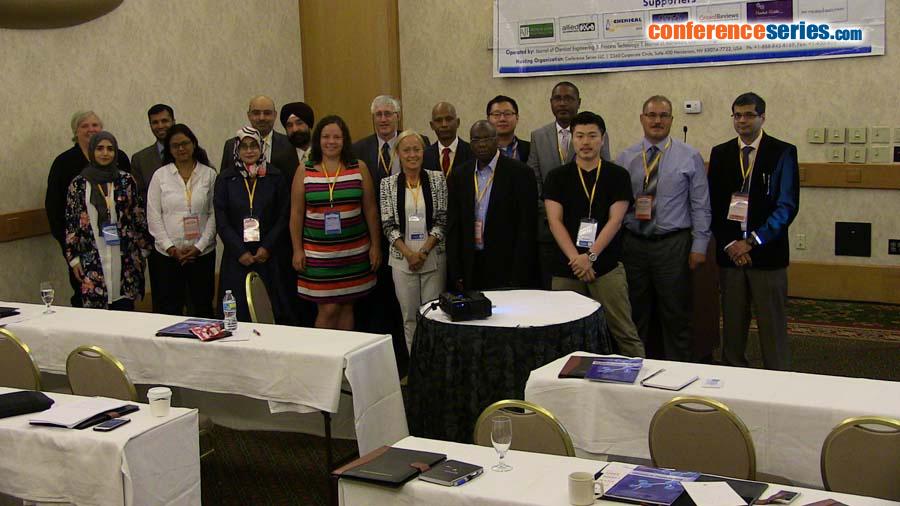
Suzanne Giasson
Université de Montréal, Québec, Canada
Title: Stimuli-Responsive and Nanostructured Polymer Films for Modulating Surface Properties: Fabrications, Applications and Limitations
Biography
Biography: Suzanne Giasson
Abstract
Whenever one material moves against another, some energy can be lost due to friction. That energy is transferred into unwanted heat, deformation, or reduction in the material’s lifetime. Friction depends on the characteristics of surfaces (i.e. surface energy, roughness and elasticity) and also on the medium the surfaces are immersed in or in contact with. A number of experimental studies have shown that polymer coatings can be efficiently used to control friction and adhesion between surfaces. Polymer coatings have properties and responsiveness that are contingent on the chemical composition, size and shape of structure, elasticity. However, they are generally suffering from major shortcomings such as lack of responsiveness selectivity and reversibility, poor environmental stability and limited understanding of the structure–function relationship, which are all critical to design reliable rules for building responsive or self-lubricating surfaces. Experimental surface forces studies of different classes of solvated polymer-bearing surfaces carried out using the surface forces apparatus and similar molecular techniques will be presented in order to elucidate the responsiveness mechanism and the structure–property relationship between polymer-coated surfaces in aqueous media. Conclusive understanding is still hampered by the difficulty of systematically controlling the grafting density, surface roughness and the location of slipping plane. Nevertheless, different studies suggest that the effective lubrication mechanisms involve the facility with which macromolecules under compression remain hydrated and hold a significant amount of water at the surfaces to be lubricated.




